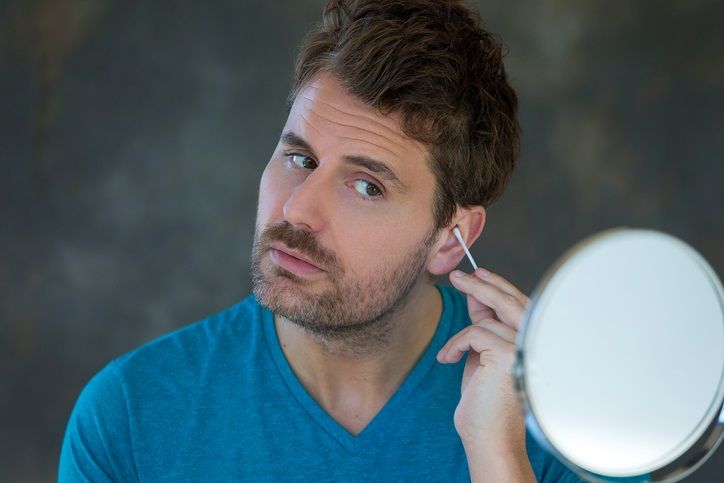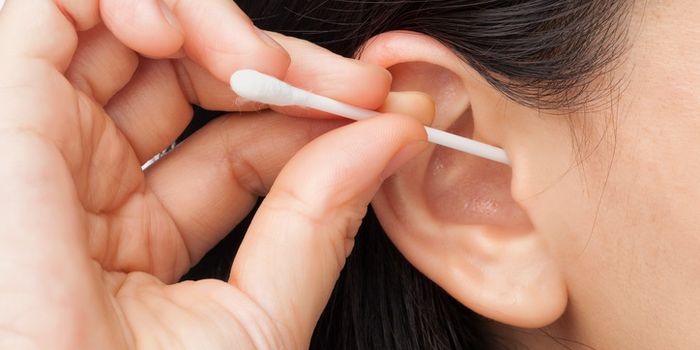Car keys or hair ties don’t work very well either, as it turns out.
The sight of the gigantic candles made out Father Jack’s earwax in Father Ted would move anyone to clean them as often and as thoroughly as possible, but if you practise one of the most common methods of doing so, you should probably stop immediately.
Sticking a cotton bud into one’s ear in an effort to remove earwax is something you’ve probably done many times in the past, even though cotton bud manufacturers explicitly warn against inserting them into the ear canal and have been doing so for years.

Another warning to stop the practise was included in an updated clinical practice guideline from the American Academy of Otolaryngology–Head and Neck Surgery Foundation, released on Tuesday.
The guideline includes a number of dos and don’ts about caring for your ears and most prominent amongst column B is a warning about sticking a pointy object directly into your ear canal.
“DON’T overclean your ears,” the guideline reads.
“Excessive cleaning may irritate the ear canal, cause infection, and even increase the changes of cerumen impaction.”
“DON’T put anything smaller than your elbow in your ear,” it continues.
“Your mother was right! Cotton swabs, hair pins, care keys, toothpicks… these can all injure your ear and may cause a laceration (cut) in the ear canal, a perforation (hole) in the eardrum, and/or dislocation of the hearing bones, leading to hearing loss, dizziness, ringing, and other symptoms of ear injury.”

In regard to what one should actually do to keep their ears clean, the guideline says that earwax itself acts as a self-cleaning agent to keep the ears healthy and that actions such as chewing, jaw motion and regular bathing should do the trick.
“Earwax or cerumen is a normal substance that the body produces to clean, protect, and ‘oil’ ears. It acts as a self-cleaning agent to keep ears healthy,” the guideline reads.
“Dirt, dust, and other small matter stick to the earwax which keeps them from getting farther into the ear. Chewing, jaw motion, and growing skin in the ear canal help to move old earwax from inside the ears to the ear opening where it then flakes off or is washed off during bathing. This normal process of making wax and pushing the old wax out is continual.”
When the self-cleaning process doesn’t work well and leads to a build-up of earwax (present in 1 in 10 children and 1-20 adults), seeking medical attention is advised.
You can read the guideline in full here.














































